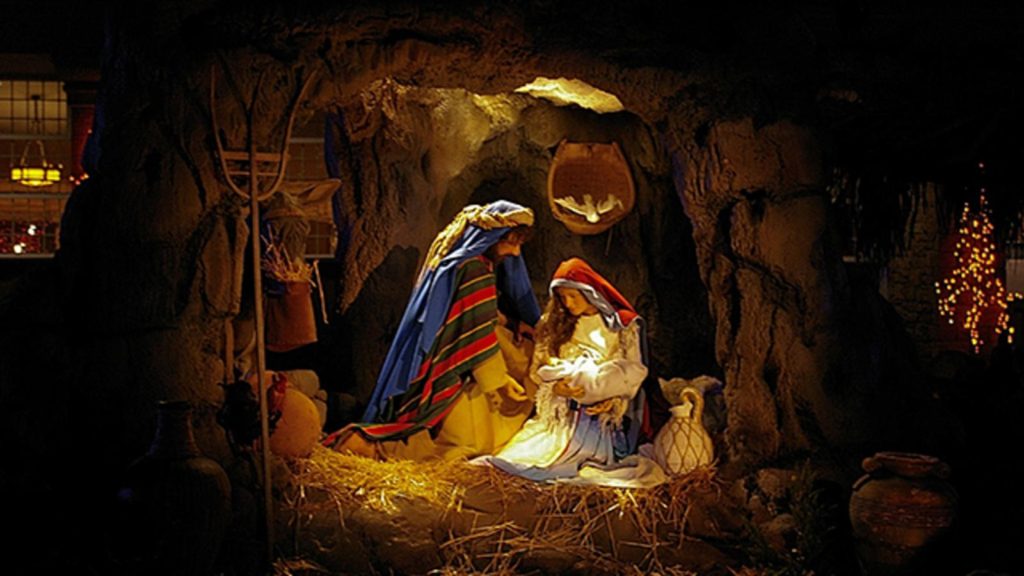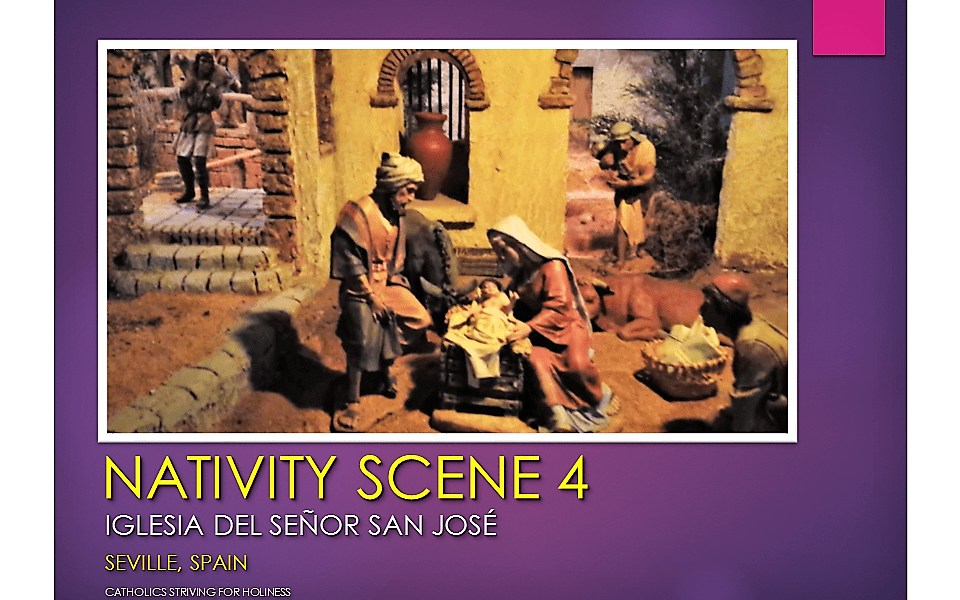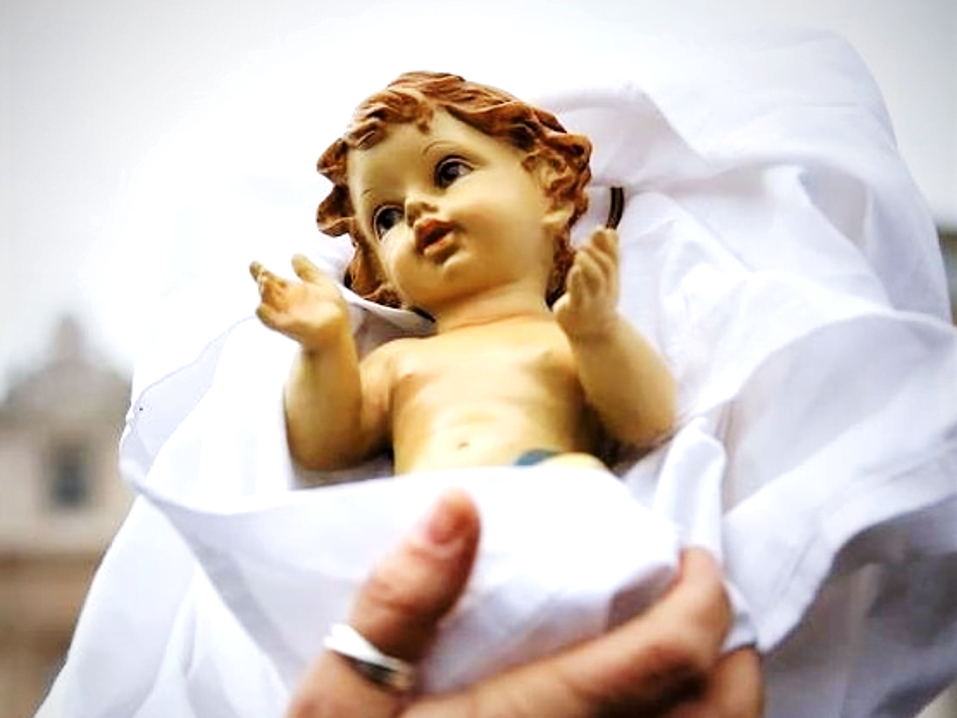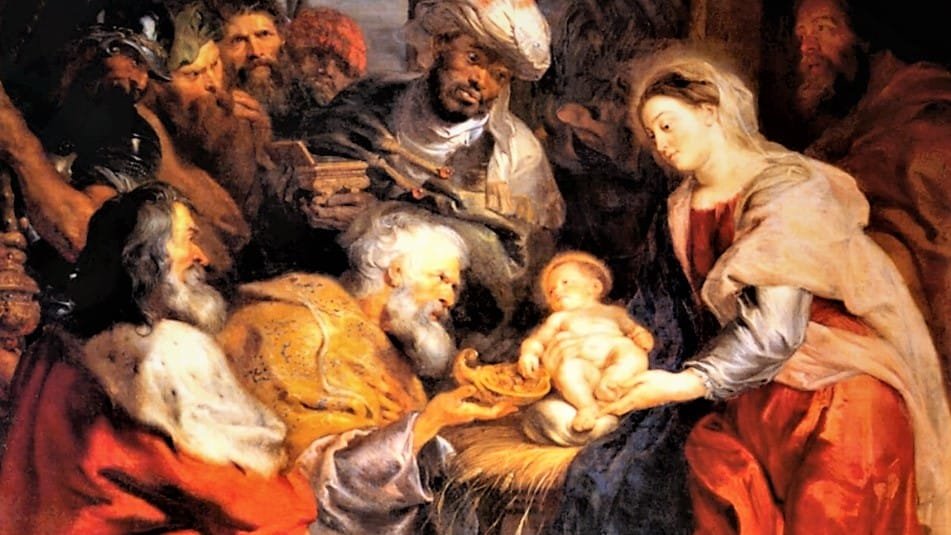WHAT IS THE ESSENTIAL CHRISTMAS DECORATION WHICH MUST BE PRESENT IN OUR HOMES?

The essential décor which should always be present.
During these days of Advent, a lot of families are setting up their Christmas decors at home with joy: Christmas trees, Advent wreaths, Santa Claus, etc. All these are symbols of the first coming of Christ.
However, a very important decoration must always be present in our homes, offices, etc. to remind ourselves of the true essence of Christmas. What is this essential décor which should never be absent? The Nativity Scene.
As Pope Francis wrote:
“The nativity scene is like a living Gospel rising up from the pages of sacred Scripture. As we contemplate the Christmas story, we are invited to set out on a spiritual journey, drawn by the humility of the God who became man in order to encounter every man and woman. We come to realize that so great is his love for us that he became one of us, so that we in turn might become one with him.”

The origin of the Nativity Scene.
Pope Francis explains the origin of the Nativity Scene in his Apostolic Letter, Admirabile signum:
“But let us go back to the origins of the Christmas crèche so familiar to us. We need to imagine ourselves in the little Italian town of Greccio, near Rieti. Saint Francis stopped there, most likely on his way back from Rome where on 29 November 1223 he had received the confirmation of his Rule from Pope Honorius III. Francis had earlier visited the Holy Land, and the caves in Greccio reminded him of the countryside of Bethlehem. It may also be that the “Poor Man of Assisi” had been struck by the mosaics in the Roman Basilica of Saint Mary Major depicting the birth of Jesus, close to the place where, according to an ancient tradition, the wooden panels of the manger are preserved.
The Franciscan Sources describe in detail what then took place in Greccio. Fifteen days before Christmas, Francis asked a local man named John to help him realize his desire “to bring to life the memory of that babe born in Bethlehem, to see as much as possible with my own bodily eyes the discomfort of his infant needs, how he lay in a manger, and how, with an ox and an ass standing by, he was laid upon a bed of hay”.[1] At this, his faithful friend went immediately to prepare all that the Saint had asked. On 25 December, friars came to Greccio from various parts, together with people from the farmsteads in the area, who brought flowers and torches to light up that holy night. When Francis arrived, he found a manger full of hay, an ox and a donkey. All those present experienced a new and indescribable joy in the presence of the Christmas scene. The priest then solemnly celebrated the Eucharist over the manger, showing the bond between the Incarnation of the Son of God and the Eucharist. At Greccio there were no statues; the nativity scene was enacted and experienced by all who were present.[2]
This is how our tradition began: with everyone gathered in joy around the cave, with no distance between the original event and those sharing in its mystery.
Thomas of Celano, the first biographer of Saint Francis, notes that this simple and moving scene was accompanied by the gift of a marvellous vision: one of those present saw the Baby Jesus himself lying in the manger. From the nativity scene of that Christmas in 1223, “everyone went home with joy”.[3]“

As to the question: WHAT IS THE ESSENTIAL CHRISTMAS DECORATION WHICH MUST BE PRESENT IN OUR HOMES?
The above words clearly show that the Nativity scene is the Christmas decoration which must be present in our home for it is a vivid representation of the 1st Coming of Our Lord Jesus Christ. Contemplating the Nativity scene is even a more important for from it we learn a lot of lessons. Jesus, Mary and Joseph, and all the secondary characters such as the shepherds, the three wise men, represent the very best virtues all men and women should imitate and live. As St. Josemaria said:
“Every time Christmas comes around, I love to look at representations of the child Jesus. Statues and pictures which show a God who lowered himself remind me that God is calling us. The Almighty wants us to know that he is defenseless, that he needs men’s help. From the cradle at Bethlehem, Christ tells you and me that he needs us. He urges us to live a Christian life to the full — a life of self-sacrifice, work and joy.
“We will never have genuine joy if we do not really try to imitate Jesus. Like him we must be humble. I repeat: do you see where God’s greatness is hidden? In a manger, in swaddling clothes, in a stable. The redemptive power of our lives can only work through humility. We must stop thinking about ourselves and feel the responsibility to help others.

“There is a great simplicity also about his birth. Our Lord comes without any fanfare. No one knows about him. On earth only Mary and Joseph share in the divine adventure. And then the shepherds who received the message from the angels. And later on, the wise men from the East. They were the only witnesses of this transcendental event which unites heaven and earth, God and man.
“How can our hearts be so hard that we can get used to these scenes? God humbled himself to allow us to get near him, so that we could give our love in exchange for his, so that our freedom might bow, not only at the sight of his power, but also before the wonder of his humility.
“The greatness of this Child who is God! His Father is the God who has made heaven and earth and there he is, in a manger, ‘because there was no room at the inn’ — there was nowhere else for the Lord of all creation.”
Let us end with these words of the Pope:
“I encourage the beautiful family tradition of preparing the nativity scene in the days before Christmas, but also the custom of setting it up in the workplace, in schools, hospitals, prisons and town squares. Great imagination and creativity is always shown in employing the most diverse materials to create small masterpieces of beauty. As children, we learn from our parents and grandparents to carry on this joyful tradition, which encapsulates a wealth of popular piety. It is my hope that this custom will never be lost and that, wherever it has fallen into disuse, it can be rediscovered and revived.” (Ibidem).
A Blessed Advent and Christmas to all! Fr. Rolly Arjonillo
Stay updated: subscribe by email for free TO OUR NEW WEBSITE www.catholicsstrivingforholiness.org (PUT YOUR EMAIL IN THE SUBSCRIBE WIDGET).
We are also in www.fb.com/Catholicsstrivingforholiness. Kindly help more people in their Christian life by liking our page and inviting your family, friends and relatives to do so as well. Thanks in advance and God bless you and your loved ones! Fr. Rolly Arjonillo